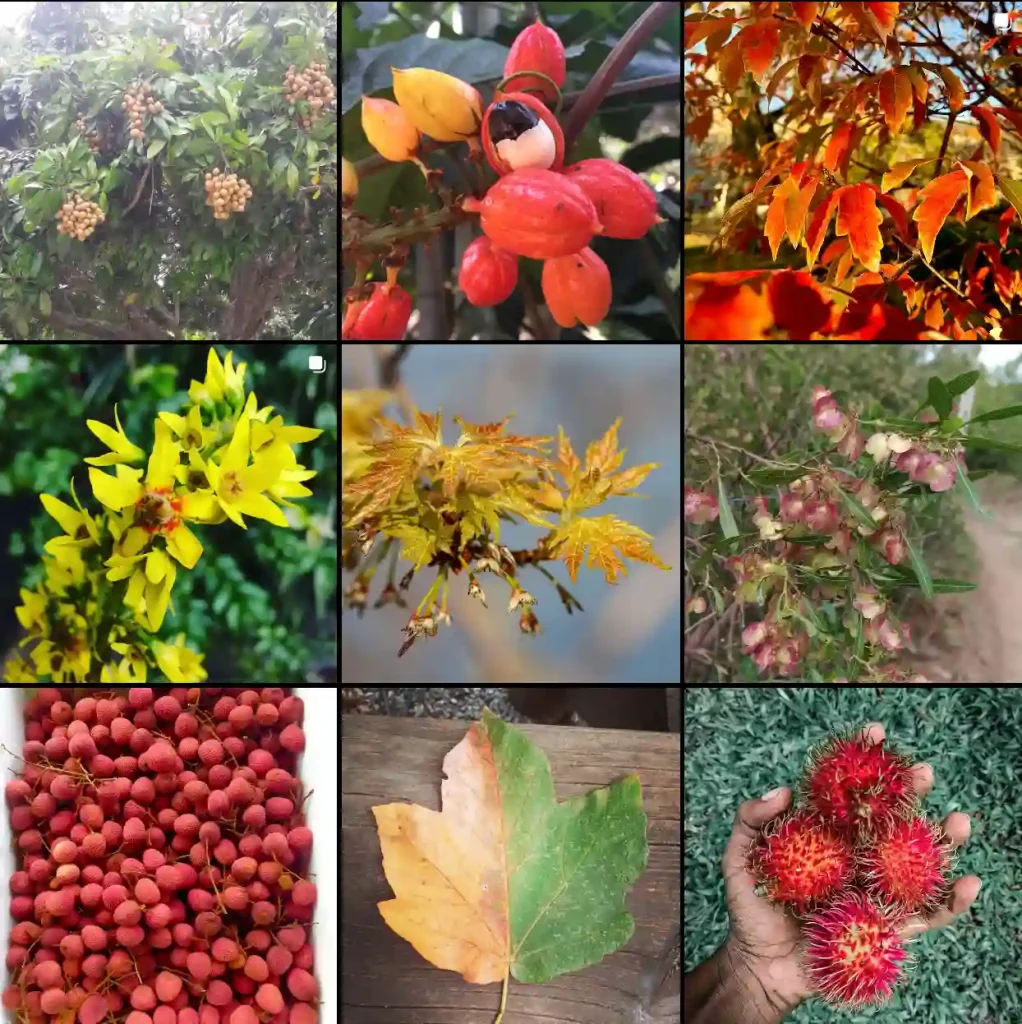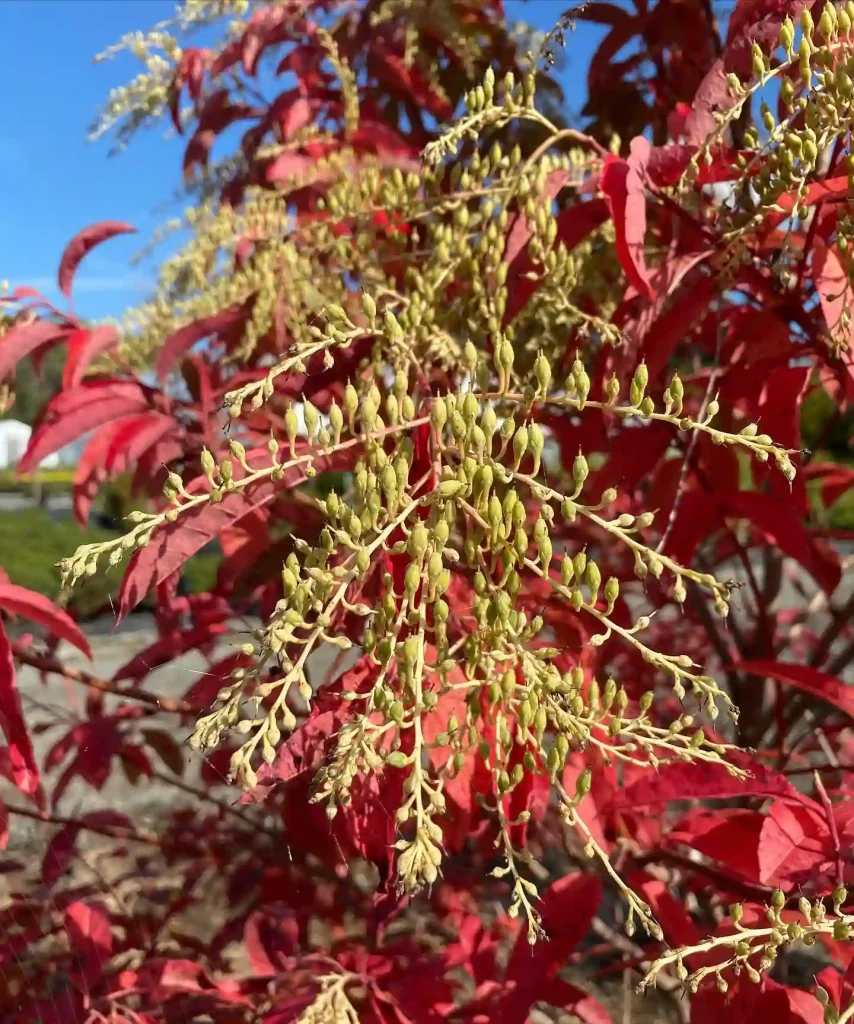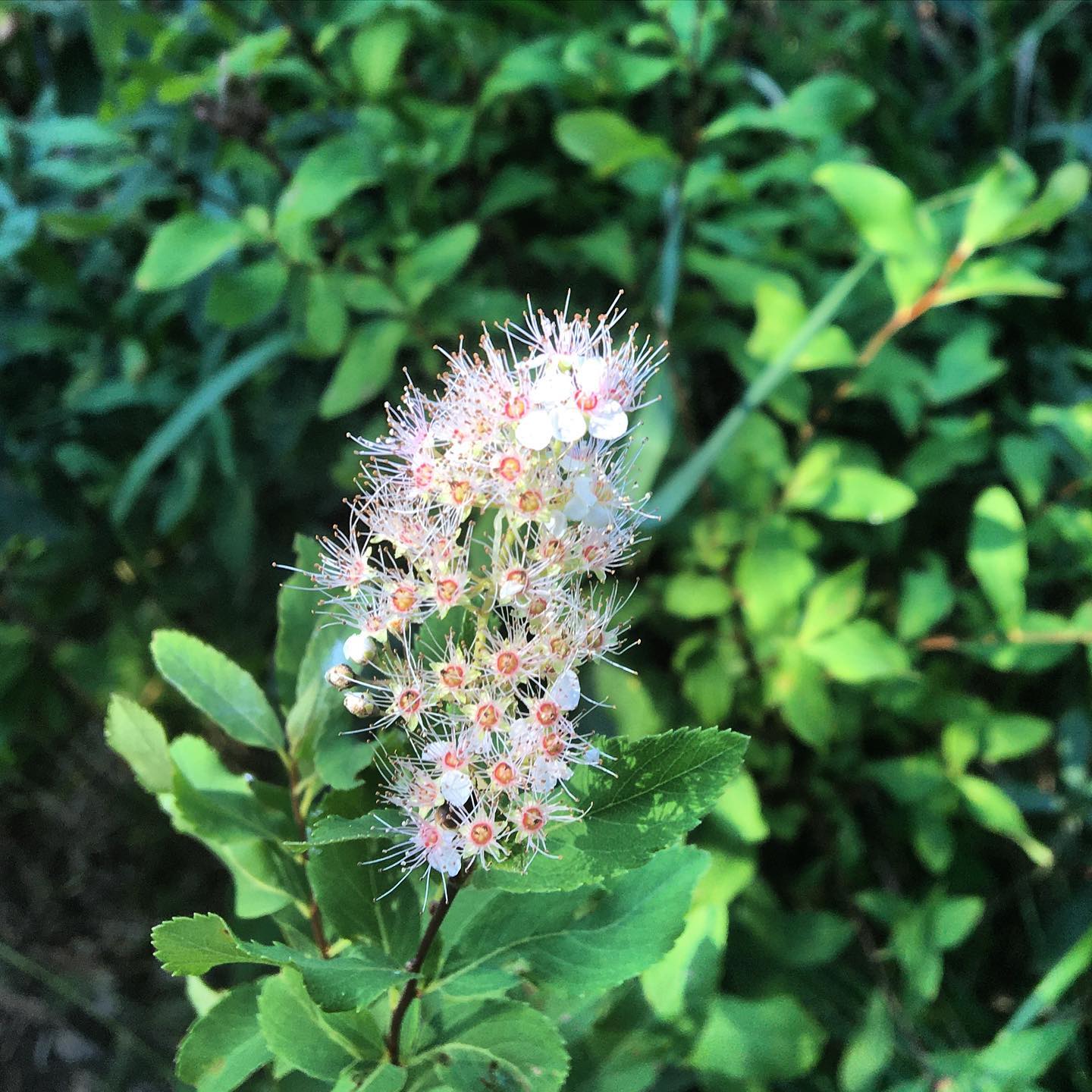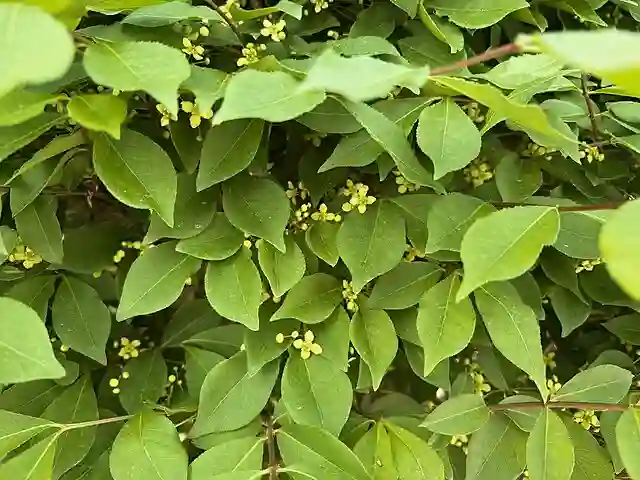Polypodium californicum: Unveiling the California Polypody
For California gardeners and nature enthusiasts, the Polypodium californicum, or California Polypody, is a familiar sight. This resilient fern adds a touch of elegance to shady corners and thrives in coastal regions. But for those encountering it for the first time, questions arise. Let’s delve into the world of the California Polypody and answer some of the most common queries.
65 Species in Genus Polypodium
What is a Polypodium californicum?
I’m Ferb Vu, and I’m here to introduce you to this fascinating fern. The Polypodium californicum is a native Californian species, gracing moist areas from the coast to the foothills. Unlike flowering plants, it reproduces using spores instead of seeds. Its fronds, the leafy parts, unfurl from a creeping underground stem called a rhizome. These fronds can reach up to 28 inches in length and boast a beautiful oval or triangular shape. Each frond is further divided into numerous lance-shaped segments, creating a visually appealing texture.
Is the California Polypody different from other ferns?
Absolutely! While many ferns share some characteristics, the California Polypody has its own unique traits. Here’s a quick comparison:
- Sword Fern (Nephrolepis exaltata): This popular houseplant boasts long, arching fronds that create a cascading effect. Unlike the California Polypody, it prefers consistently moist soil and thrives indoors.
- Maidenhair Fern (Adiantum spp.): Delicate and graceful, Maidenhair Ferns have lacy fronds with numerous fine leaflets. They require high humidity and well-drained soil, making them a bit more challenging than the California Polypody.
- Boston Fern (Nephrolepis obliterata): Another popular houseplant, the Boston Fern has a bushy appearance with overlapping, feathery fronds. Similar to the California Polypody, it prefers shade and moist soil, but requires more frequent watering.
Can I grow a California Polypody in my garden?
You certainly can, if you have the right conditions! Here’s what the California Polypody needs to thrive:
- Light: Part shade to full shade is ideal. Avoid harsh afternoon sun.
- Soil: Well-drained but consistently moist soil is key. Amending your soil with organic matter can help retain moisture.
- Watering: Regular watering, especially during dry periods, is essential. Aim to keep the soil damp but not soggy.
- Fertilizer: While not strictly necessary, a balanced fertilizer applied once a year during spring can provide a boost.
Is the California Polypody easy to care for?
The California Polypody is a low-maintenance plant, making it ideal for beginner gardeners. As long as you provide it with shade, moisture, and well-drained soil, it will reward you with lush, green foliage. It’s generally pest and disease resistant, adding to its appeal.
Where can I plant a California Polypody?
The California Polypody flourishes in various settings. Here are some ideas:
- Rock gardens: Its ability to thrive in rocky crevices makes it a perfect addition to rock gardens.
- Fern grottoes: Create a shady haven by planting several California Polypodies together.
- Under trees: The dappled shade provided by trees creates the perfect microclimate for this fern.
- Containers: With proper drainage, the California Polypody can even grace your patio or balcony.
Interesting facts about the California Polypody
Did you know? The California Polypody is a fascinating plant with some unique characteristics:
- Drought-deciduous: In drier climates, it may lose its fronds during the summer but bounce back with the winter rains.
- Fiddleheads: New fronds emerge tightly coiled, resembling fiddleheads, before unfurling into their mature form.
- Spore reproduction: Tiny spores on the underside of the fronds help the California Polypody reproduce.
With its resilience, adaptability, and elegant appearance, the California Polypody is a welcome addition to any garden. So, if you’re looking for a low-maintenance shade-loving plant, consider giving this California native a place in your landscape.
If i die, water my plants!



